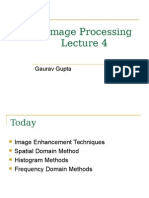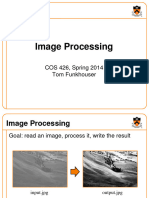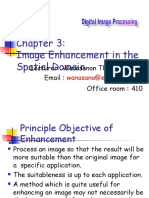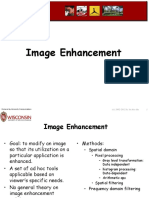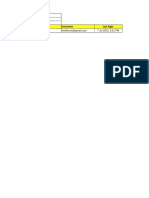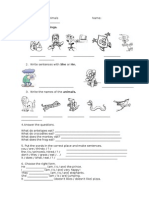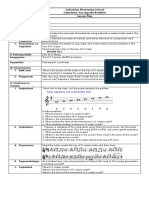0% found this document useful (0 votes)
17 views7 pagesNote
The document discusses various image processing techniques, including filtering, histogram manipulation, and transformations for enhancing image quality. It emphasizes the use of median filters for salt-and-pepper noise, the importance of histogram equalization and stretching for contrast enhancement, and the role of convolution in blurring and edge detection. Additionally, it covers different filtering methods, such as Gaussian and mean filters, and their applications in image processing.
Uploaded by
Đặng TúCopyright
© © All Rights Reserved
We take content rights seriously. If you suspect this is your content, claim it here.
Available Formats
Download as DOCX, PDF, TXT or read online on Scribd
0% found this document useful (0 votes)
17 views7 pagesNote
The document discusses various image processing techniques, including filtering, histogram manipulation, and transformations for enhancing image quality. It emphasizes the use of median filters for salt-and-pepper noise, the importance of histogram equalization and stretching for contrast enhancement, and the role of convolution in blurring and edge detection. Additionally, it covers different filtering methods, such as Gaussian and mean filters, and their applications in image processing.
Uploaded by
Đặng TúCopyright
© © All Rights Reserved
We take content rights seriously. If you suspect this is your content, claim it here.
Available Formats
Download as DOCX, PDF, TXT or read online on Scribd
/ 7
















